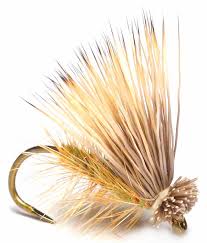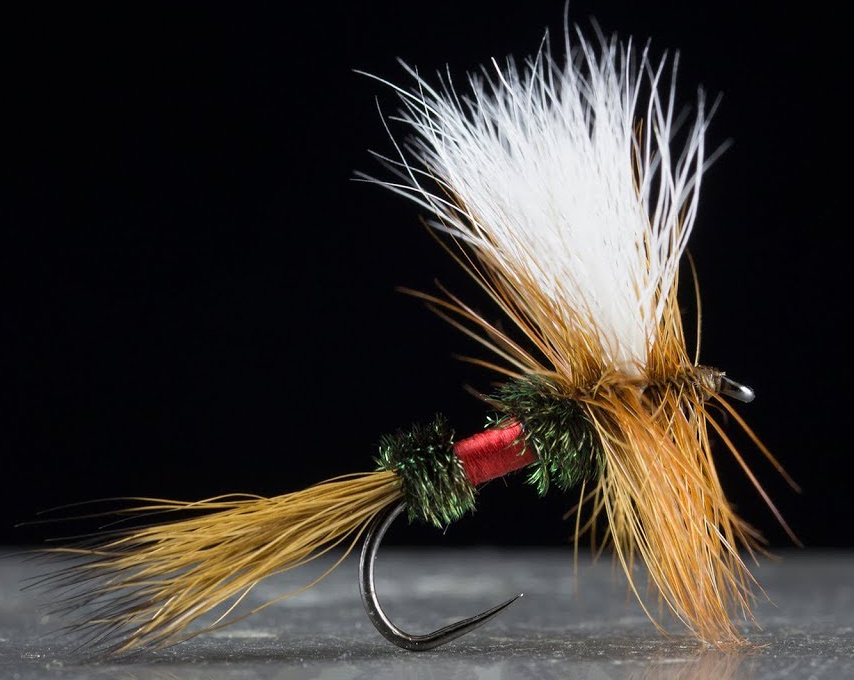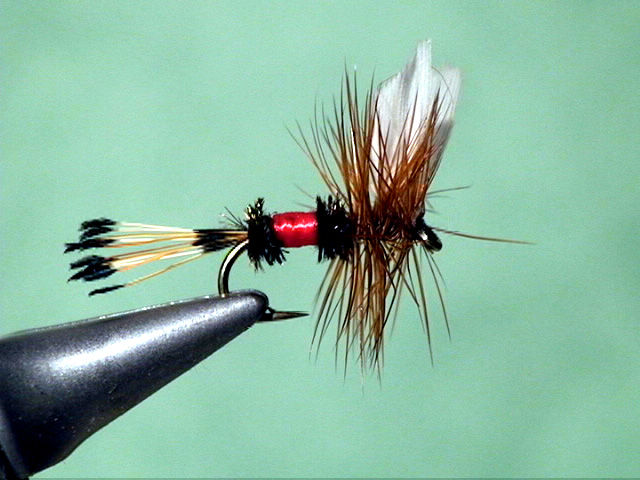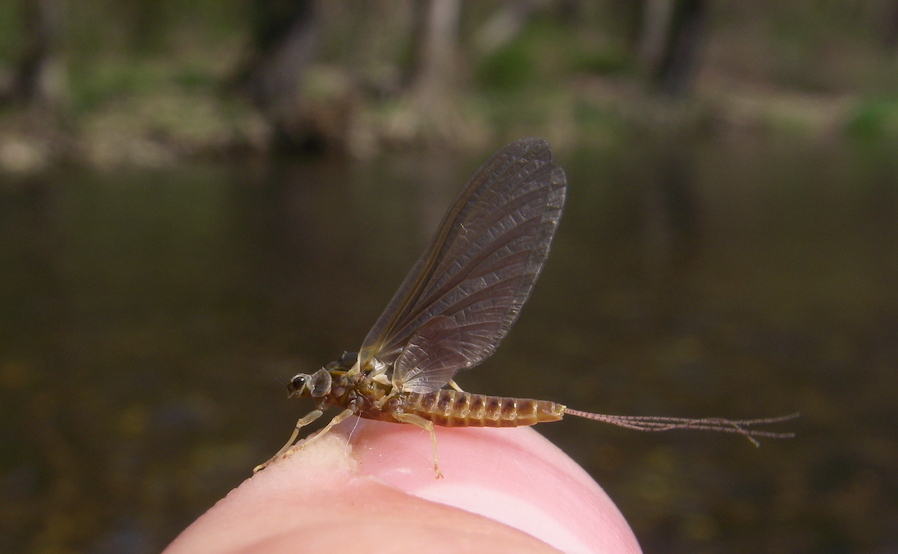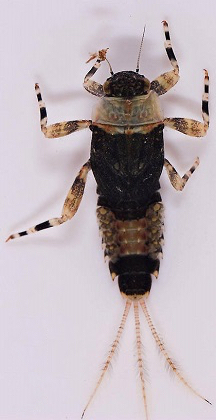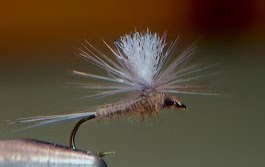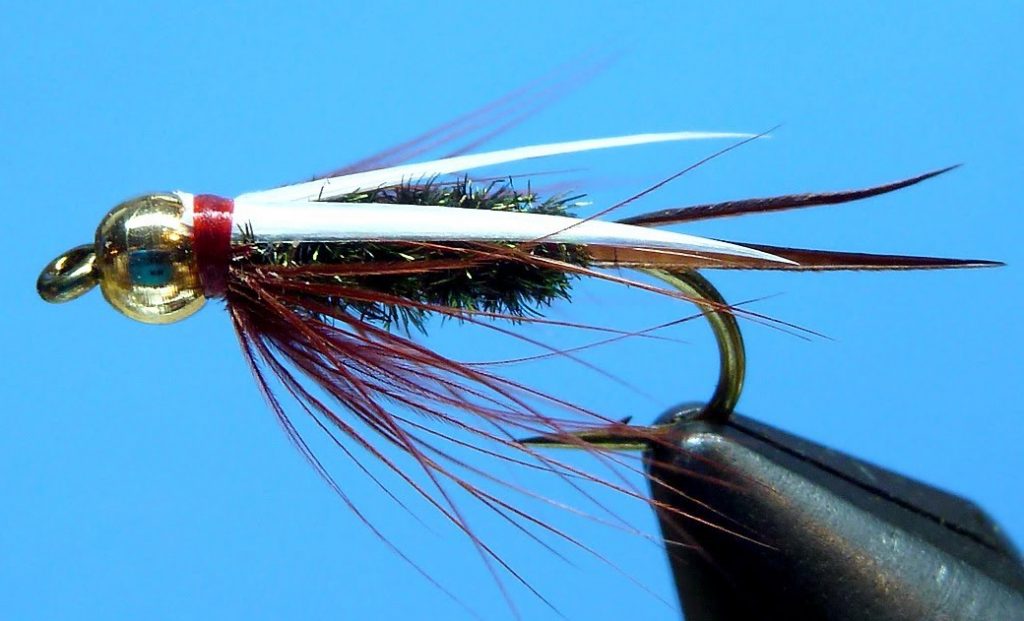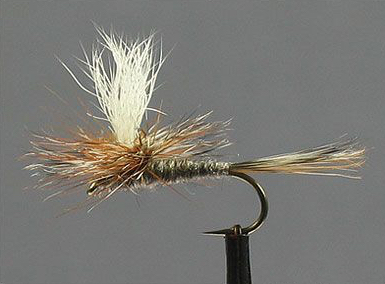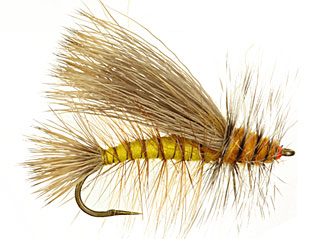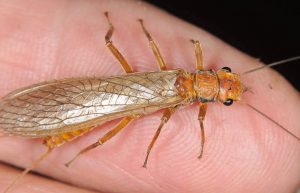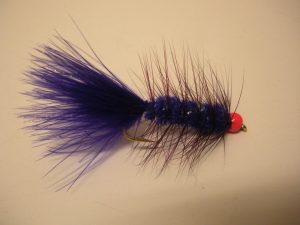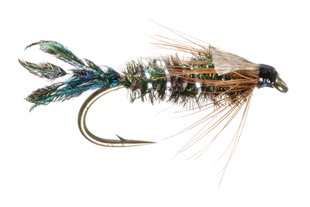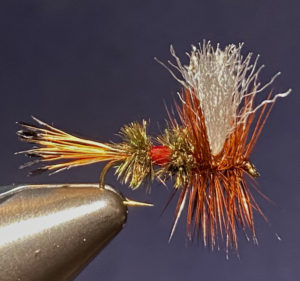
Fly lineage can be an incredibly difficult thing to trace. I’ve certainly opined more than once about this in previous articles. For some flies, there is simply little to no written history. For others, the waters get muddied by endless variations. When you change the body color or, say, the tail material of an existing pattern, have you created a new fly or is it just a variation of the original?
My friend Walter has a wonderful trout fly called a Smoky Mountain Candy. It is considered an original fly pattern but it’s really just a Thunderhead dry fly with a yellow body. When someone tied an Adams dry fly with a yellow body, they called it a yellow Adams. So, is Walter’s fly original or is it just a yellow Thunderhead? Don’t answer yet. It gets even more complicated.
The Thunderhead dry fly is really just an Adams Wulff with a deer hair tail instead of moose hair. And of course, the Adams Wulff is a hybrid of an Adams and a Wulff. The Wulff series of flies are named for and were made popular by Lee Wulff but the most popular, the Royal Wulff, is almost identical to an earlier pattern called a Quack Coachman. The Quack Coachman was a hairwing version of a Royal Coachman developed by L.Q. Quackenbush. And somehow, after a really long trip around the barn, I’ve made it to this month’s fly, the Royal Coachman. Its history is just as complicated, which is what started the above detour!
Many credit John Hailey with the origin of the Royal Coachman. He was a fly tyer in New York and was said to have first tied the pattern in 1878. However, it was merely one rung on an evolutionary ladder of variations that we’re still climbing today. As most would agree, by adding some red floss in the middle and wood duck feathers for a tail, he simply created a flashier version of an old British pattern called a Coachman.
The Original Original
Tom Bosworth created that original pattern, a wet fly, in the 1830’s. It had a number of variations from different tyers, most notably the Leadwing Coachman, before John Hailey ultimately shaped it into the more familiar version seen today. Actually, the most widely accepted version of the fly today includes golden pheasant for the tail and white mallard quill for the wings, both of which, I believe, vary from Hailey’s original.
And over the years, variations of variations have emerged. In addition to the Wulff and Trude variations, there are assortments of dry flies, wet flies and streamers in the “royal family.” Different colored floss bands branch the tree even more, accounting for Tennessee versions, North Carolina versions and others.
Most people don’t care about all of this. They just want a fly that catches fish. It certainly does that, even after all of these years. After all, a fly pattern doesn’t hang around for hundreds of years and get tweaked by every tyer that touches it if it doesn’t catch fish!
Even the version I’ve included here has my own bastardized twist! I most often substitute the quill wing with a synthetic called Z-lon. I find it more durable and simpler to tie. Tying in upright, divided wings is already time consuming. Doing it with quill wings requires an entirely different degree of fuss. Does that make it the Royal Fightmaster?
The Royal Fightmaster… err… Coachman
- Hook: TMC 100 #18-10
- Thread: 8/0 Black
- Tail: Golden Pheasant Tippets
- Wing: White Z-lon
- Body: Peacock Herl
- Band: Red Floss
- Hackle: Brown Rooster Neck


